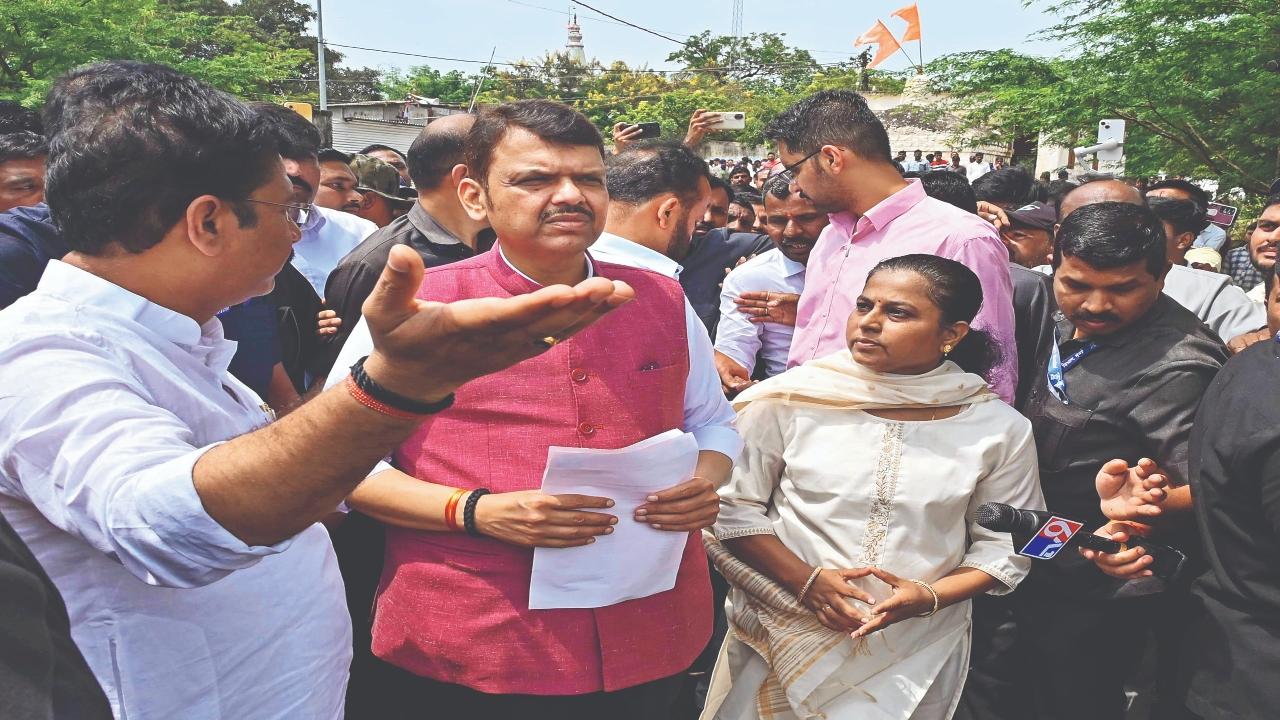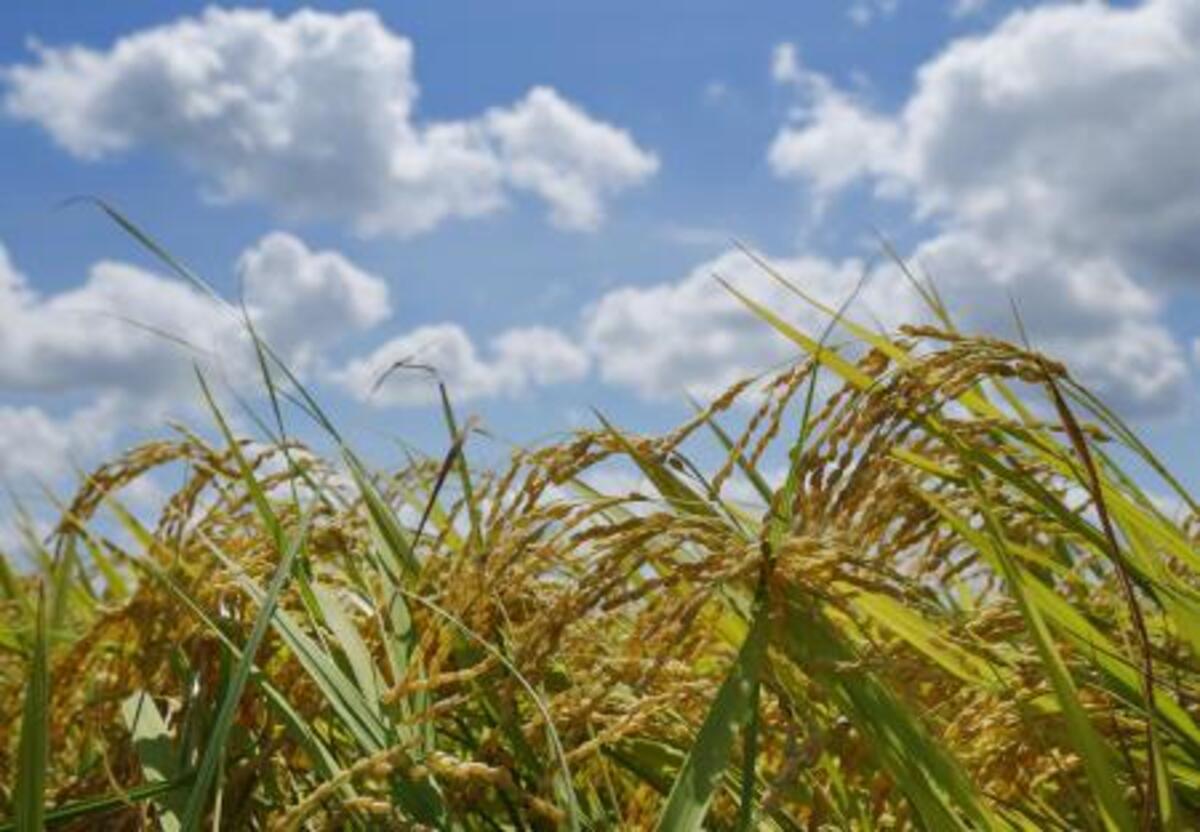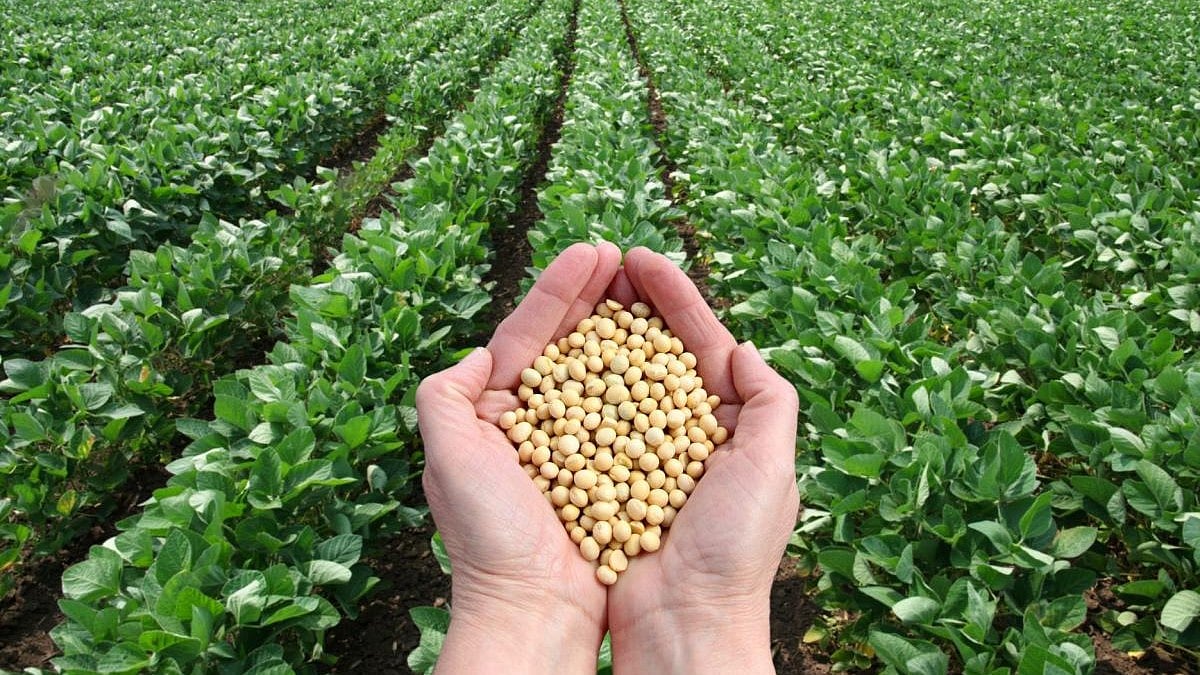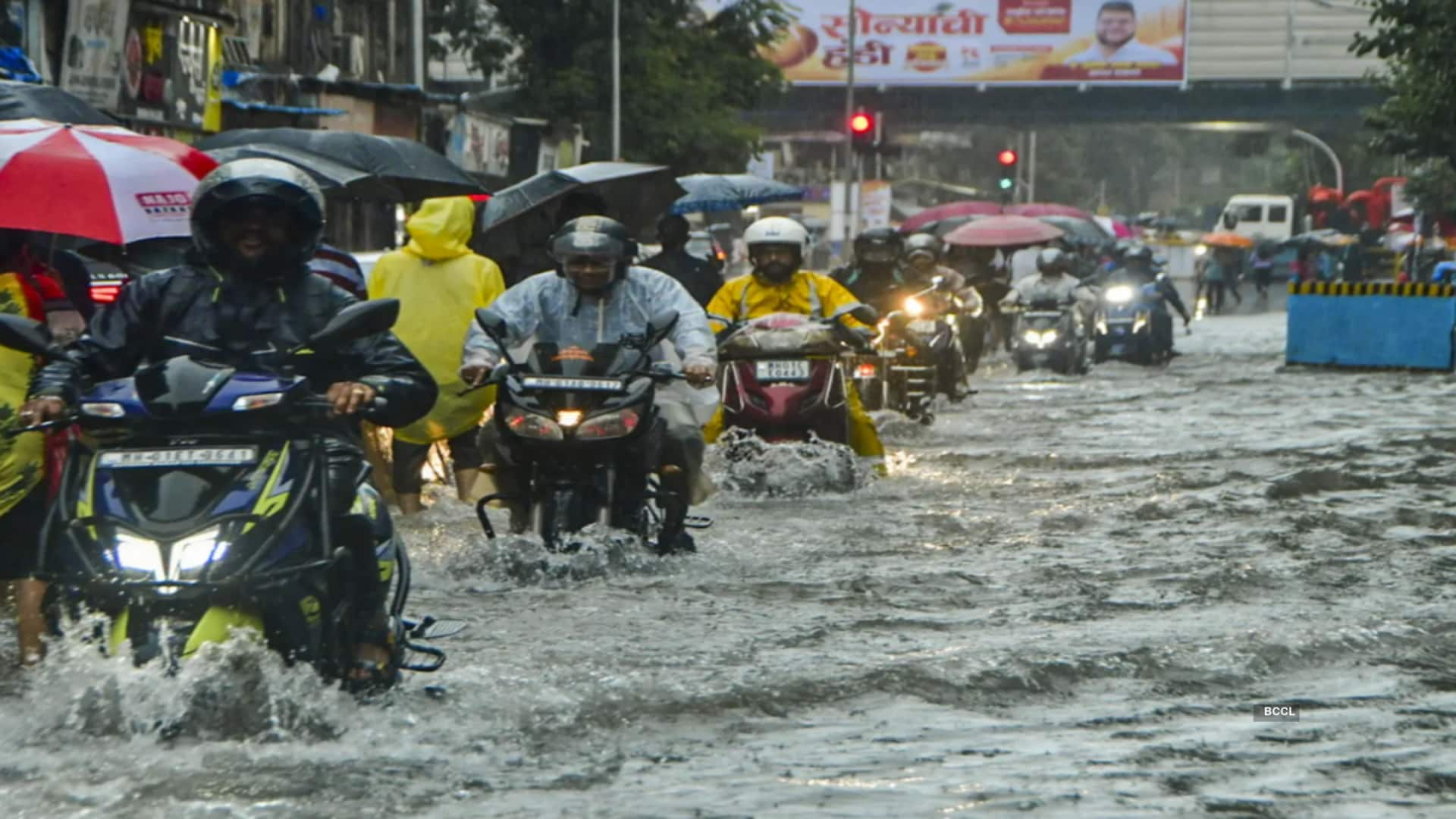During his visit to affected areas in Solapur and Latur on Wednesday, Deputy Chief Minister Devendra Fadnavis spoke to the media about the severe impact of climate change on agriculture. He stated that “Vatavaran badal” (climate change) has made a significant difference. According to rough estimates, around 30 lakh hectares of agricultural land have been lost in these regions.
The major crops affected include turmeric, urad, jowar, soybeans, cotton, tur, and bananas. Farmers are also increasingly concerned about soil erosion and a decline in soil fertility, factors that can further reduce crop yields.
As per the Economic Survey of Maharashtra, the average agricultural landholding of a farmer in the state is about 1.34 hectares (approximately 3.33 acres). However, in regions such as Vidarbha, the average landholding is higher, close to five acres. Officials from Mantralaya believe that the actual damage suffered by farmers could be much greater than current estimates. The true extent of the loss will become clearer only after the panchanama (damage assessment) process is completed and detailed reports are submitted to the government.
**Government Initiatives Addressing Climate Change**
Aware that climate change will continue to pose major challenges for farmers in the coming years, the Indian government has begun studying changing patterns and adaptation methods. It has launched key schemes such as the National Mission for Sustainable Agriculture and the National Innovation in Climate Resilient Agriculture. These initiatives focus on new farming technologies and practices designed to help farmers cope with heatwaves, droughts, floods, and other extreme weather events.
According to a 2023 document released by the Union Ministry of Agriculture and shared by the Press Information Bureau (PIB), crop yields are expected to sharply decline in the future. The report indicates that by 2050, rain-fed rice yields may drop by 20%, and wheat by nearly 19%. By 2080, rice production could fall by almost half, with wheat yields decreasing by 40%. Other crops, including maize, are also projected to suffer significant losses.
In addition to reduced harvests, climate change will impact food quality and expose farmers to increased risks from droughts, floods, and other unpredictable weather conditions.
**Agricultural Land Affected by Unseasonal Rain in Maharashtra**
| Year | Area Affected (Lakh Hectares) |
|————|——————————-|
| 2015-16 | 56.50 |
| 2016-17 | 6.85 |
| 2017-18 | 46.12 |
| 2018-19 | 91.35 |
| 2019-2020 | 96.57 |
| 2020-2021 | 45.64 |
| 2021-2022 | 57.56 |
| 2022-2023 | 67.12 |
| 2023-2024 | 51.53 |
**Shiv Sena (UBT) Calls for Protest Over Aid Delay**
Shiv Sena (UBT) chief Uddhav Thackeray has urged the Maharashtra government to declare financial assistance of Rs 50,000 per hectare for flood-affected farmers, following Punjab’s example. Thackeray recently visited the Latur and Dharashiv areas in the Marathwada region, which have been severely impacted by heavy rains.
After his visit, Thackeray warned that Shiv Sena (UBT) would organize protests if the government fails to provide the demanded aid promptly. “We will ensure the farmers’ voice reaches the government’s ears,” he said, emphasizing the need for swift assistance and an expedited relief process for the affected farming community.
—
This growing crisis underscores the urgent need for sustainable agricultural practices and effective government support to safeguard farmers’ livelihoods amidst the challenges posed by climate change.
https://www.mid-day.com/news/india-news/article/maharashtra-floods-records-reveal-unseasonal-rain-destroyed-519-lakh-ha-of-farmland-across-the-state-in-past-nine-years-23595817




